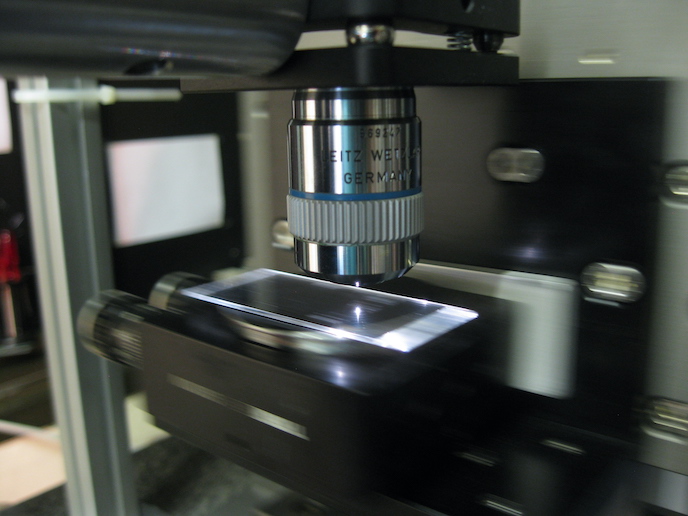Lead-free solutions for electronics industry
Flexible circuit boards are a rapidly growing technology for electronic goods, including all hand-held devices, smart cards, aerospace, engine controls and displays, and medical sensors. These circuits are manufactured using two base materials, polyimide and polyester, the latter being used in low-cost devices. A limitation of both circuit board materials is temperature sensitivity, polyimide at about 177 ˚C and polyester around 74 ˚C. This calls into question whether the boards can tolerate high-temperature soldering necessary when lead-free solder is used, which may impact on their operation. In view of the significant position of flexible circuit boards in manufacturing of electronic products, the 'Flexible circuits processing, performance and reliability using lead-free soldering process' (Flexnolead) project aimed to develop new materials and processes. The prime objective was to make sure flexible boards can withstand lead-free soldering temperatures. Other important objectives, particularly for small and medium-sized enterprises (SMEs), included developing techniques for predictive assessment of lifetime. The scientists also gathered data on failure modes to enable model validation and to provide guidelines on use and maintenance of devices incorporating flexible circuit boards. Success of the Flexnolead project can be measured by the deliverables. The scientists gathered information as to how typical materials used behave in lead-free soldering processes and on alternative materials and methods for production of flexible circuit parts. Details were also collected on reliability of boards through physical testing and modelling. The establishment of solutions for lead-free processing in flexible circuit boards promises to open up new opportunities in 'green' technology for the production of the next generation of electronic products.







